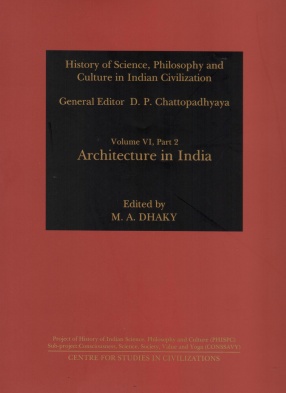
M A Dhaky

Showing all 11 books

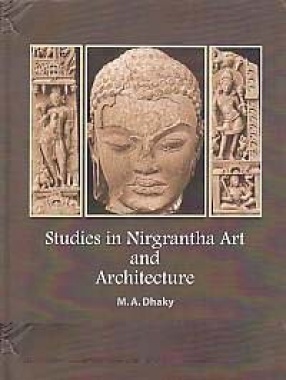
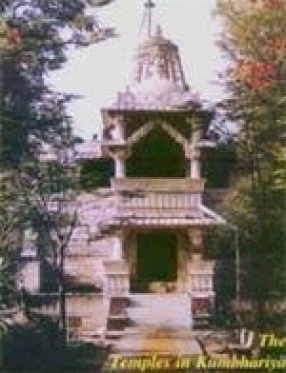
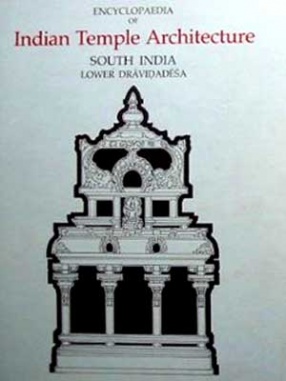
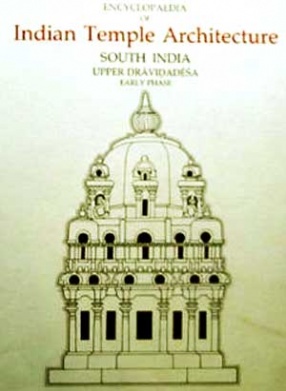


The volumes of the PROJECT ON THE HISTORY OF SCIENCE, PHILOSOPHY AND CULTURE IN INDIAN CIVILIZATION aim at discovering the main aspects of India’s heritage and present them in an interrelated way. In spite of their unitary look, these volumes recognize the difference between the areas of material civilization and those of ideational culture. The project is not being executed by a single group of thinkers and writers who are methodologically uniform or ...


Kumbhariya (known anciently as Arasana or Arasanakara), now a non-descript hamlet, situated about a mile and half to the southeast of the famous holy tirtha-town Ambaji (Banaskantha district, Gujarat, India) and about 35 kms southeast of Mt. Abu was an important Jaina site in High Medieval times. Home to five exquisite Jaina temples and a Sivaite fane, these marble buildings, sacred to the faithful, were built during the Solanki period between the 11th and the ...

The aim of the Encyclopaedia, sponsored by the American Institute of Indian Studies, is to survey and organise by style, with technical descriptions, the vast body of monuments constructed between c. AD 400 and 18th centuries in India to serve India`s symbolic and religious needs. Each volume is divided into Parts delineating different regions, stylistic evolutions or periods. Each part has two different sections (books) devoted to text and illustrations. This ...

This second set in a series covering the full range of Indian Temple Architecture surveys early temples in Upper Dravidadesa, particularly those of the Calukyas of Badami and of Vengi and the Rastrakutas of Malkhed. Other dynasties discussed are the Alupas, Telugu-Codas and Vaidumbas, Gangas, Nolambas, Santaras, and the early Hoysalas. Arranged by region and dynasty, the Chapters also suggest something of the nature of local idioms and regional ...
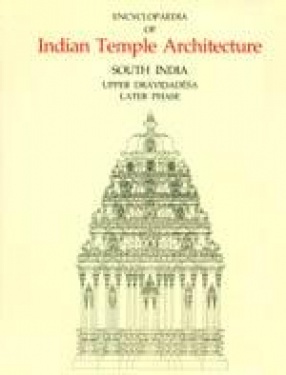
This third part, as before in two binds, in a series covering the full range of Indian Temple architecture, surveys medieval temples and associated buildings in Upper dravidadesa, particularly those in the territories of the Calukyas of Kalyana, Hoysalas of Dorasamudra, as well as in those of the other dynasties such as the Kadambas, Rattas, Guttas, Seunas, santaras etc., in Karnataka and those in the domain of the Kakatiyas of Varangal together with those of the ...
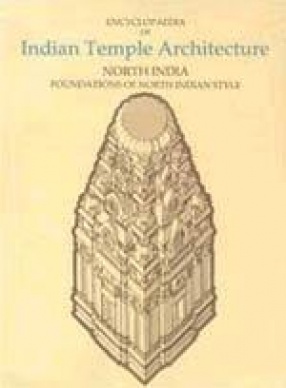
The goal of the Encyclopaedia of Indian Temple Architecture, sponsored by the American Institute of Indian Studies, has been to survey and to organize by style, with technical descriptions, that vast body of monuments constructed between c. A.D. 400 and the 18th Century in India to serve India's symbolic and religious needs. Volume I, of which two parts have already been published, deals with the Dravida temples of South India. Volume II, of which this set ...
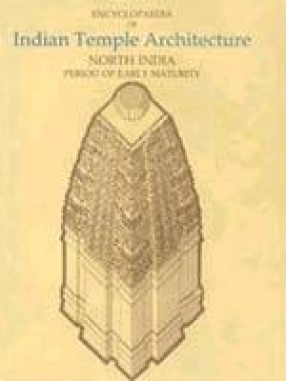
This set of volumes continues a series initiated by the American Institute of Indian Studies to survey and organize, by style, patronage, and region, - with brief technical descriptions – that body of monuments constructed since c. A.D. 400 to serve India’s symbolic and religious needs. Volume I, of which two parts have already been published, documents Dravida temples in South India. Volume II surveys Nagara temples in North India – with extensions of this ...
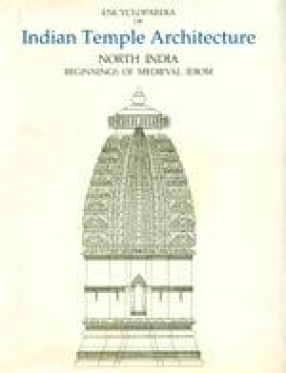
The Part 3 in two binds, as was the case with the earlier two parts, surveys the tenth century temples (and associated Structures) in different provinces of the north Indian mega-territory, built under the political aegis of the then ruling various provincial – principal, and subordinate – dynasties. Among these, the more notable were the Cahamanas of Sakambhari and of Naddula, and Solankis of Anahillapataka in western India; also, the Kalacuris of Cedidesa ...

The present monograph is unique in that it, for the first time, extensively treats the subject of Indian temple jalas or grilles together with an in depth discussion in the light of relevant medieval vastrusastra passages in Sanskrit on Indian architecture. Besides identification, classification, and description of the different grille types as well as their forms, features, and their relationship with the environment as well as their functional engagement with ...

